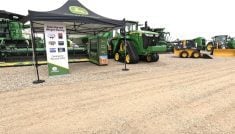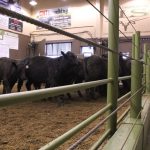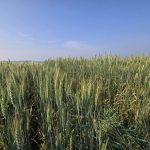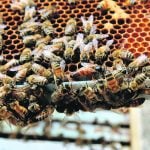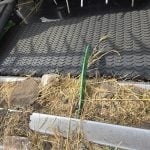Winnipeg, (MarketsFarm) – Yellow mustard bids remain solid in Western Canada, which should encourage acres this spring.
“Yellow mustard started firming up after harvest,” said Walter Dyck, of Olds Products. Poor conditions and quality concerns in the fall provided some of the support then, with top end bids still holding around 40 cents per pound.
Brown prices were also strong also firm following the harvest, but have backed away slightly to trade in the 27 to 28 cents per pound area after data came out showing higher-than-expected brown mustard acres, according to Dyck.
Read Also

Basket rakes pitched for top-quality windrows
Boxy, clean windrows help make better hay bales for livestock farms and forage growers, and a basket rake excels in those areas, says Bart Elder of Vermeer.
“The signal is that yellow could use some acres this year,” said Dyck. Although he added “the market is definitely saying ‘we have enough brown.'”
While yellow mustard prices may be somewhat encouraging, Dyck said price increases above current levels were unlikely, as the United States had a good crop despite some harvest issues in North Dakota.
Canada seeded about 400,000 acres of mustard in 2019/20, producing 135,000 tonnes, according to Agriculture and Agri-Food Canada data. Early estimates for 2020/21 predict slight increases in area and yields, taking total production to 145,000 tonnes. Dyck agreed that total mustard acres would probably be similar on the year, with a shift towards more yellow mustard and less brown.
Dyck said the lack of consistency in mustard yields discouraged some growers from the crop, especially as average canola yields continue to grow. He was optimistic for a new hybrid variety under review by the Canadian Food Inspection Agency (CFIA) would help on that front when it becomes commercially available in 2022.
Prior to seeding the 2020 crop, Dyck estimated that one to two per cent of the mustard crop was still left unharvested from 2019. The quality of what comes off in the spring harvest will depend on what it looked like before the winter set in.









